Get Free or Cheap Internet with the Affordable Connectivity Program (ACP)

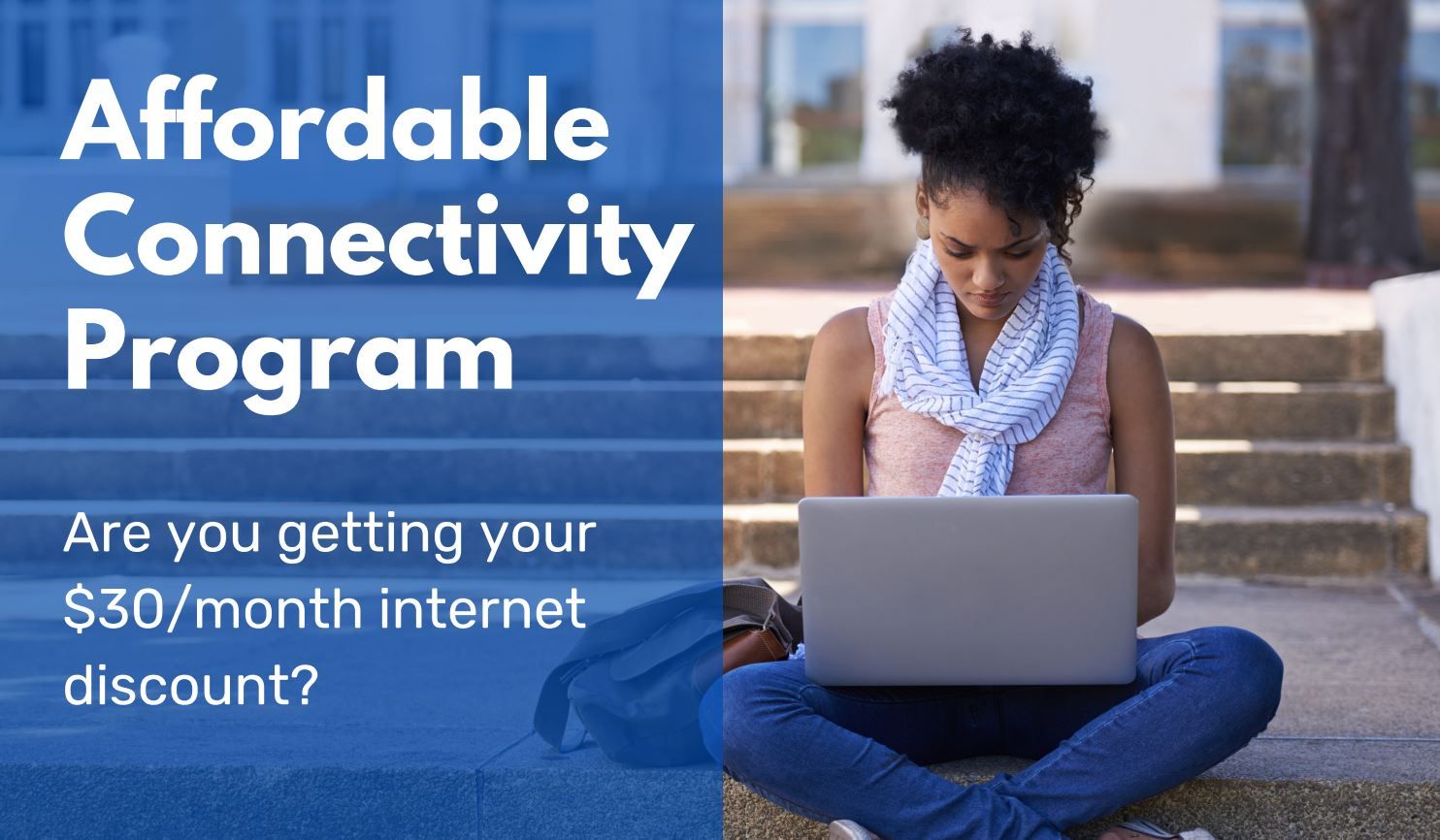
Internet access is something we take for granted these days. For example, you probably don’t even think twice about the fact that you’re on the internet right now, reading this article. Besides – everyone has internet access, don’t they?
3 Ways To Qualify for the Affordable Connectivity Program
- Participate in a government assistance program like SNAP
- Qualify based on household income
- Already receive a Lifeline benefit
You might be thinking to yourself…does that matter? Is it really that important for Americans to watch videos on YouTube, play video games, and go down endless rabbit holes on Wikipedia? Don’t forget that the internet connection we take for granted is also used for navigating many essential life tasks in today’s world, from checking your email to checking your bank account. People need the internet to communicate with employers, locate a doctor, download forms they need, and do a variety of other tasks. Many of these tasks are hard to perform with slower internet speeds. That’s why homes specifically need broadband internet.
As it turns out, not everyone has internet in their home. According to Pew Research, around 7% of Americans don’t use the internet. However, some of those individuals may be refraining from internet usage by choice. More telling is the fact that 23% of Americans do not have a broadband connection at home, or that around 25% (according to some estimates) do not have internet access at home, at all. Keep in mind there could be some overlap between those numbers, but the point is that there is internet poverty in the United States. This is also sometimes referred to as the digital divide.
The need for reliable and fast internet connectivity became even more apparent during the Covid pandemic. If Americans without reliable broadband internet were able to use the internet at work or school, now they couldn’t. And some of them needed the internet to continue working or getting an education. The Emergency Broadband Benefit was created by Congress in 2021, helping low income families or individuals access broadband internet by getting $50 off their monthly internet bill. Americans falling into higher tax brackets could also qualify for the program if they experienced a substantial loss of income in 2020.
However, the EBB was shelved in 2022 and replaced with The Affordable Connectivity Program, part of a larger $1.2 trillion infrastructure bill called the Infrastructure Investment and Jobs Act. Although much of the funds spelled out in this bill will be allocated to more traditional components of infrastructure (bridges, roads, electrical grids), some of it will be allocated toward ending the digital divide and providing every American with access to broadband internet.
What Is the Affordable Connectivity Program?
The Affordable Connectivity Program provides qualifying households with $30 off their internet bill, and $75 off the internet bill on tribal lands. This internet service must provide users with 100 Mbps download speeds (Megabits per second). If you’re wondering how fast that is, it’s fast enough to download a high definition movie in around 5 minutes, or stream it simultaneously on 4 different devices. But remember, providing internet access is not just about entertainment. It’s about having reliable access to services that people need, along with staying connected to employers and family members. Broadband internet allows users to perform these tasks and stay in touch at reliable speeds.
If you’re wondering why Tribal Lands enjoy a higher benefit, this is in part due to a greater digital divide in these areas, with as many as 50% of tribal households lacking internet. Tribal lands tend to be in rural areas that cannot rely on the typical internet service provider (ISP) infrastructure that most homeowners (or renters) take advantage of. Satellite internet, for example, is often more expensive. Localized internet service providers may also charge higher rates. The higher benefit for eligible households on tribal lands is intended to compensate for these gaps.
But for Americans receiving the regular $30 ACP benefit, this is still a great boon. Some estimates suggest that the average internet bill for broadband access is $64 per month. The ACP program is essentially cutting that amount in half for consumers, making broadband more accessible to eligible households. Individual states also have similar programs that provide internet related benefits to low income households. However, you must make sure that the ISP (internet service provider) you use is covered by the ACP discount by participating in the program.
3 Ways To Qualify for the Affordable Connectivity Program
1. Participate in a government assistance program like SNAP
This is one of the easiest ways to qualify for the Affordable Connectivity Program. SNAP (the Supplemental Nutrition Assistance Program, commonly called Food Stamps), WIC (The Supplemental Nutrition Program for Women, Infants, and Children), and the USDA Free and Reduced-Price School Lunch Program or School Breakfast Program, are food-related benefits that would qualify one for the ACP. Federal Public Housing Assistance (sometimes called Section 8), a Veterans Pension and Survivors Benefit, Supplemental Security Income (SSI), a Federal Pell Grant, and Medicaid are a few others. These programs have income limits that indicate to your ISP that you also qualify for the ACP.
2. Qualify based on household income
If you are not enrolled in any of those programs or receiving those benefits, you can still qualify based on household income and size. These limits are based on 200% of the Federal Poverty Guideline. For example, an individual making less than $27,180 would qualify, as would a family of six making less than $64,940. Keep in mind these numbers apply only to the contiguous 48 states. Alaska and Hawaii are different, with higher income thresholds to qualify. If your home exceeds 8 people, you can add on an additional $9,440 per person ($11,800 in Alaska and $10,860 in Hawaii). Keep in mind that if you are using household income to qualify, you will likely need to show a tax return or three consecutive pay stubs to your internet service provider in order to get ACP.
3. Already receive a Lifeline benefit
If you are already receiving benefits through the Lifeline Program you will automatically qualify for the ACP. You can even take advantage of both benefits simultaneously. The Lifeline Program is part of an FCC attempt to bring greater connectivity to Americans. Although it originated several decades ago, it was popularly nicknamed Obamaphone because its popularity increased during his time in office. The Lifeline program originally provided free phone service only to Americans who met the eligibility criteria, but today a major component of the program is providing low-income Americans with phones, phone service, and sometimes internet home connectivity.
Tribal Membership
If you are a Native American living on Tribal Lands, you can also enjoy the ACP subsidy, which in this case would be more than twice what it is for a regular qualifying household. You can qualify via income by having a household income at or below 200% of the Federal Poverty Guidelines.
Alternatively, you can get an ACP benefit if you already qualify for human services managed by the Department of Indian Affairs (specifically, General Assistance) or a Food Distribution Program for Indian Reservations. In addition to tribal-specific programs (also including Tribal Temporary Assistance for Needy Families or Tribal TANF), participating in the government assistance programs outlined above will also qualify your household.
How To Apply for the Affordable Connectivity Program
If you are already enrolled in the Lifeline program offered by the federal government, you do not need to apply for the ACP program. You just need to contact your internet service provider or phone service provider and they will help you enroll. You can also seek out a new internet service provider if you so choose. If you are enrolled in this program, your name is already most likely in the National Lifeline Accountability Database (NLAD), making it fairly easy for a service provider to locate the information they need.
If you are not enrolled in the Lifeline program, you will need to fill out an application provided by the Federal Communications Commission. This application is called the National Verifier (as it was and still is for the Lifeline Program), and the good news is you can fill out the application online. This may seem a bit ironic if you don’t have the internet, but until you are enrolled in the FCC Affordable Connectivity Program, you could use a computer at your local library or recreation center. You might also be able to fill out an application on your phone at a venue with WIFI access.
If you already have internet services at home, but you know that your household income falls within 200% of the Federal Poverty Guideline for your family size, then you can also speak to your internet service provider and find out if they are a participating provider. If they are, a customer service representative can walk you through the application, perhaps even on that very same phone call.
You can also apply for the Affordable Connectivity Program benefit via a mail-in application, but this is going to take longer to hear back about. If you can, it’s best to apply with your existing internet or phone service provider. This way, you will know right away that you qualify or if additional information is needed.
Affordable Connectivity Program enrollment is not supposed to be a long, arduous process like other government programs (especially SSDI). If you meet the qualifications listed above, there is nothing you need to be vetted for, and you will get the benefit. You just have to apply. It takes under 10 minutes to lock in free or discounted broadband service for you and your household.
Affordable Connectivity Program Providers
There are many participating internet service providers. Some of the names you will recognize as national cable or phone companies. Others are more localized options, sometimes spanning several states.
Allo Communications
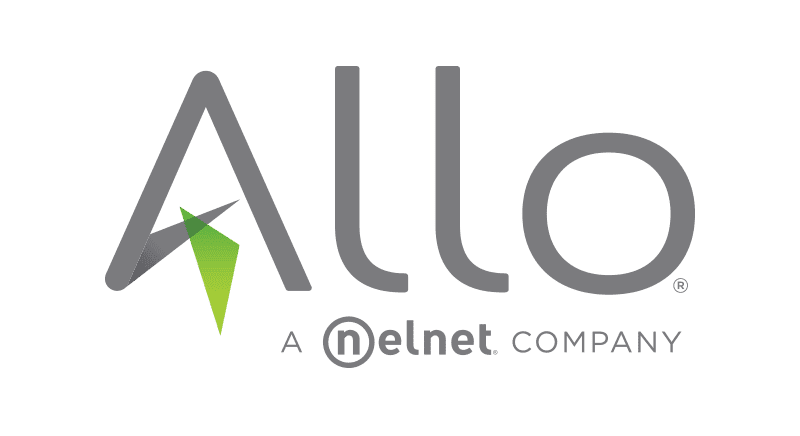
The Allo Fiber network is serving almost 800,000 residents in 28 cities across Arizona, Colorado, and Nebraska. ACP benefits for Allo mean free 100 Mbps internet, or a $30 discount on other packages such as internet and cable.
AltaFiber and Hawaiian Telcom

AltaFiber, formerly named Cincinnati Bell, can provide ACP-eligible residents in The Queen of the West with free 100 Mbps of internet service every month. Its sister company Hawaiian Telcom will do the same for residents of the Aloha State.
Altice
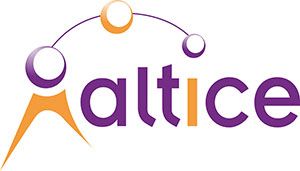
Altice is the parent company of Suddenlink and Optimum. The Suddenlink brand is changing its name to Optimum as part of a recent shakeup. Currently, New York, New Jersey, Connecticut, parts of Pennsylvania, and parts of North Carolina can enjoy internet service from Optimum with 300 Mbps of internet for free. Once Suddenlink merges with Optimum, the same benefits will be available to 16 additional states throughout the South and West Coast.
Astound
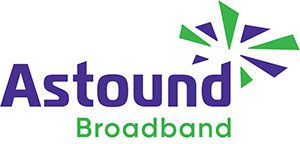
Astound offers different internet speed plans of 250 Mbps, 500 Mbps, and very high speed 940 Mbps. Customers who qualify via the national verifier can get $30 off their bill. Plan prices may vary by area. Their top service areas are Washington State and the New York and Chicago metropolitan areas.
AT&T
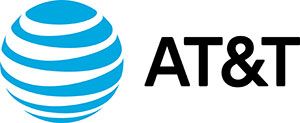
AT&T is a nationwide phone, TV, and internet service provider. Their ACP program will offer $30 off your plan, and in some cases, 100 Mbps of service may be free.
Breezeline

This company, formerly Atlantic Broadband, operates in 12 states on the East Coast along with Ohio and West Virginia. Customers who are eligible for the ACP can enjoy internet speeds of 100 Mbps for $29 per month, but with the ACP discount, it’s essentially free.
Comporium

Comporium serves around 300,000 customers in North and South Carolina. ACP subscribers can enjoy 100 Mbps of free internet every month, with the opportunity to upgrade to higher speeds for up to $30 per month.
Cox Communications

Cox Communications can offer customers $30 off their plans through the ACP, for 100 Mbps of internet service. Cox also has a range of low-cost plans for families that come with free equipment like wireless routers. Their main service areas are Las Vegas, Phoenix, San Diego, and select other regions around the United States.
Frontier
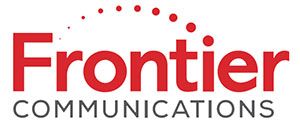
Frontier Fiber Internet may be as low as $0 for ACP-eligible customers in 25 different states. Customers can upgrade to 500 Mbps for $9.99 per month or 940 Mbps for $29.99.
IdeaTek
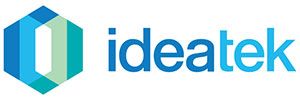
IdeaTek is an ISP providing internet service to customers in Kansas. ACP subscribers can get a free internet plan with up to 100 Mbps.
Jackson Energy Authority
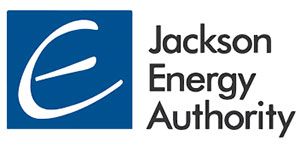
EPlus Broadband offered through the Jackson Energy Authority provides residents of Mississippi’s largest metropolitan area with internet service. The 100 Mbps service plan is free with the discount and includes a free wireless router.
MLGC
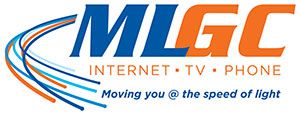
If you live in North Dakota and qualify for the ACP, the company formed through the merger of Moore & Liberty Telephone and Griggs County Telephone Companies (MLGC) can provide you with internet service of 100 Mbps for free.
Spectrum

Spectrum, formerly Charter Communication, is available in most urban areas throughout the country. ACP qualifying households will enjoy $30 off their bill. Plan prices may vary from city to city, so you should contact your local Spectrum ISP vendor to see how much yours will be.
Starry
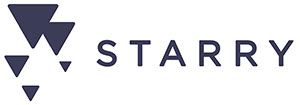
At the time of this article, Starry Internet is available for multifamily housing communities (apartments, condos) in select urban areas such as Boston, Denver, Los Angeles, New York City, and Washington DC. With the ACP, plans are free, unless customers want to upgrade to a plan with higher speeds of service.
Verizon

Verizon is yet another nationwide phone, cable, and internet service provider. Their FIOS customers can enjoy the ACP discount by getting 300 Mbps of internet for free. If they want to upgrade to higher speeds, they can, starting at $34.99.
Vermont Telephone Company
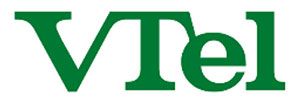
If you live in the land of Maple Syrup, the VTel can provide you with $30 off your internet bill. If you also qualify for the All in Fully Funded Program (which is likely if you qualify for ACP) your bill will drop to $0 for up to 1,000 Mbps of service.
Vexus Fiber
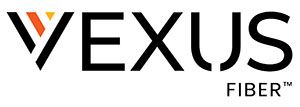
Enjoy free 150 Mbps internet every month if you live in Texas, Louisiana, or Mississippi and qualify for the ACP. At the time of this article, Vexas serves around 150,000 customers.
Wow!

Wow provides internet, cable, and tv service for nine different states in the South and Midwest. Customers in these areas can get up to 100 Mbps of internet for free if they qualify for the ACP program.
Xfinity
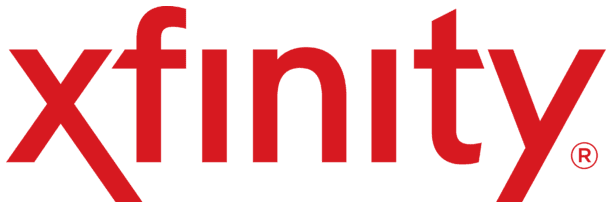
Xfinity is another nationwide phone, cable, and internet service provider. Their internet essentials program is less than $10 per month with no contract and free equipment. Once you participate in the program, you can enroll in the ACP and get internet service for free.
Choosing an ACP Broadband Provider
The participating broadband provider in your area may offer plans that seem to exceed the $30 credit. However, many of these providers end up bringing their basic plans down to $0, even if the sticker price exceeds the $30 credit. They do this through state programs that are similar to the ACP, and sometimes through their own subsidized offerings. One key example is Verizon, which is available for ACP customers in every area that offers FIOS. The sticker price for their most basic plan is often $39.99 per month, but if you qualify for ACP, they will bump it down to $0. This may not be true in every service area, so check with your service providers.
Keep in mind that there could be several service providers offering ACP benefits in one area. To keep the current monthly benefit competitive (since it’s the same $30 for everyone) different ISPs may offer additional perks like a $50 Visa gift card for signing up, or six months of a streaming content service like Disney+ or HBO Max. Some plans may even offer additional streaming content services indefinitely as part of the plan. Take the opportunity to shop around and see what deals you can get in your region! In addition to home connectivity, you could also get a few extra benefits that you can enjoy.
If you’re still on the fence about taking advantage of the ACP, consider how important it is to have connectivity in your home. Internet service is not just about watching videos and playing games. It is also a tool for banking, correspondence, staying informed about current and local events, and even sometimes safety features like a connected home security system.
The Affordable Connectivity Program
Most Americans take internet usage for granted. However, a surprising number of homes do not have fast internet. Broadband internet is the type of internet that is necessary today for navigating the web and performing tasks at a reasonable speed.
The ACP program was created so that those who meet its eligibility criteria would take the simple step of filling out the application so they can get extremely discounted and often free internet service, which will certainly avoid putting additional strain on their personal finances. All you need to qualify for participating eligibility is to participate in a government assistance program like LIHEAP and SNAP (food stamps) or fall within 200% of the Federal Poverty Guidelines.
While some readers may not consider their household the typical type to receive government aid, this 200% guideline criteria means many more households will qualify. At the time of this article, gas prices are rising and inflation is running rampant. An internet bill of $40, $50, or $60 that was reasonable last year may now become burdensome for some families. Thankfully, the Affordable Connectivity Program can provide discounted or even free internet.